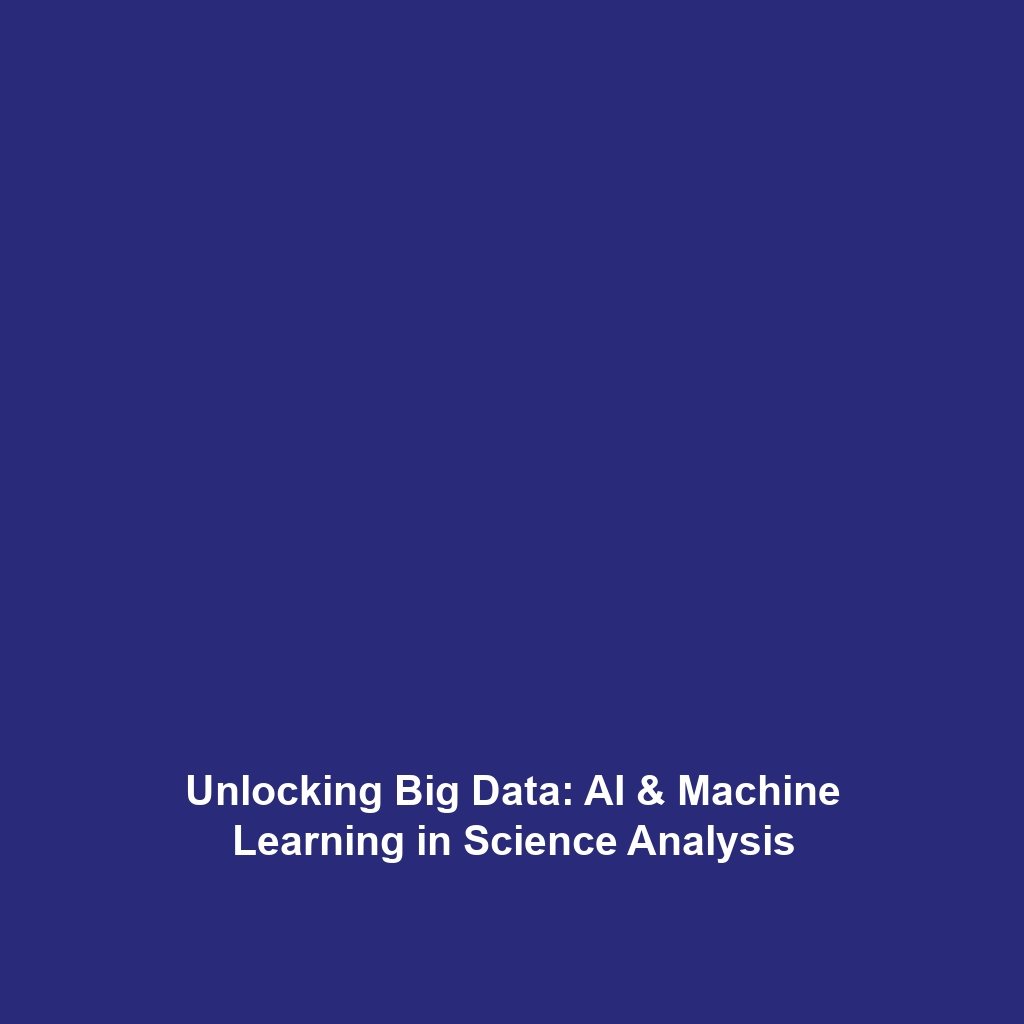Solar Energy: Improving Solar Panel Efficiency
Introduction
Solar energy continues to emerge as one of the most vital renewable energy sources in the fight against climate change. Improving solar panel efficiency is crucial for maximizing energy output and making solar technology more accessible to the public. The integration of advanced nanomaterials has shown promising potential in enhancing the efficiency of solar panels. Through innovative applications of nanotechnology, researchers are developing materials that can significantly increase the power conversion efficiency of photovoltaic cells. This article delves into the significance of improving solar panel efficiency within the context of advanced nanomaterials.
Key Concepts
Understanding Solar Energy and Nanomaterials
The key principle behind solar energy efficiency lies in the ability of solar panels to convert sunlight into usable electrical energy. Advanced nanomaterials, characterized by their unique physical and chemical properties at the nanoscale, can enhance this conversion process. Key concepts include:
- Photovoltaic Effect: The process by which materials convert sunlight into electricity, with nanomaterials facilitating higher energy absorption and electron mobility.
- Surface Plasmon Resonance: A phenomenon harnessed by silver and gold nanoparticles that can enhance light absorption in solar cells.
- Quantum Dots: Nanoparticles that can be engineered to absorb specific wavelengths of light, improving the range of usable solar energy.
Applications and Real-World Uses
The application of advanced nanomaterials in solar panel technology is revolutionizing how solar energy is harvested and utilized. Some significant real-world applications include:
- Enhanced Photovoltaic Cells: Utilizing graphene-based materials to improve the conductivity of solar panels.
- Solar Concentrators: Application of nanomaterials in concentrated solar power systems to increase efficiency.
- Thin-Film Solar Cells: Improved efficiency in flexible solar panels using advanced nanomaterials for lightweight and portable solutions.
Current Challenges
Despite the promising advances in solar panel efficiency through advanced nanomaterials, several challenges remain, including:
- Cost-Effectiveness: Producing nanomaterials at scale can be expensive, affecting overall solar panel pricing.
- Stability: Nanomaterials may exhibit degradation over time, impacting long-term performance.
- Scalability: Transitioning from laboratory settings to commercial production poses technical challenges.
Future Research and Innovations
Future research is set to push the boundaries of how solar energy efficiency can be improved through advanced nanomaterials. Key areas of innovation include:
- Smart Solar Panels: Integration of AI with nanomaterials to optimize solar energy capture based on environmental conditions.
- Recyclable Nanomaterials: Exploring sustainable practices by developing nanomaterials that can be recycled without degrading performance.
- Hybrid Solar Technologies: Combining nanomaterials with traditional photovoltaic technologies to create more efficient hybrid systems.
Conclusion
In conclusion, improving solar panel efficiency is paramount for the widespread adoption of solar energy. Advanced nanomaterials play a critical role in this enhancement, offering innovative solutions to optimize energy capture and conversion. Continued research and development in this field are essential to overcoming current challenges and driving future innovations. For further insights on renewable energy technologies, explore our articles on solar energy advancements and the role of nanomaterials in energy solutions.






